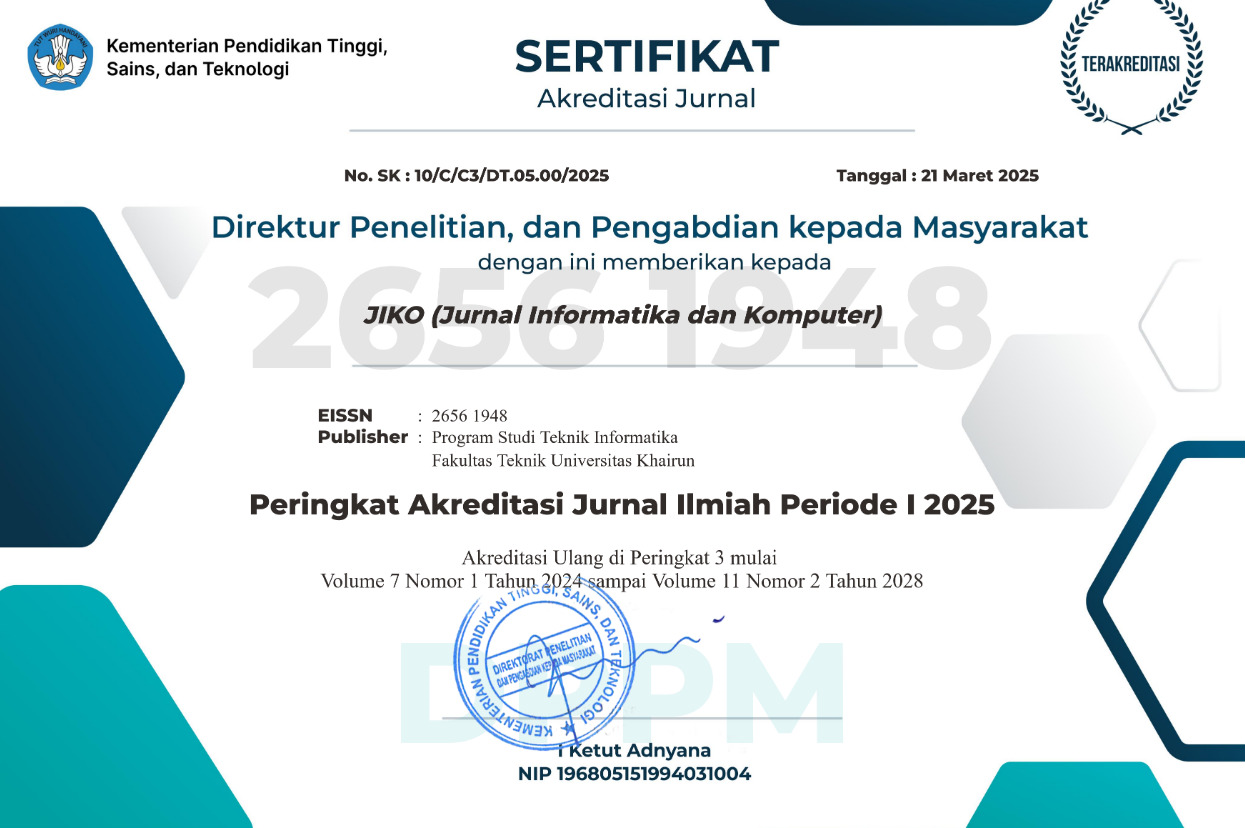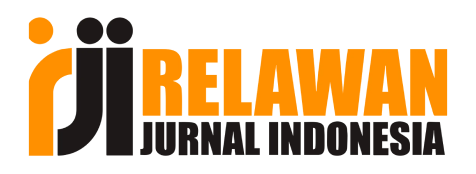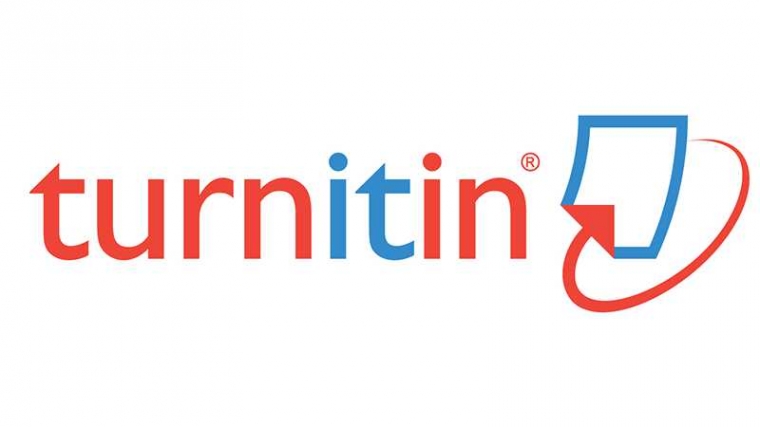THE ROLE OF ANONYMITY IN ARTIFICIAL INTELLIGENCE BASED CHATBOT USAGE BY UNIVERSITY STUDENT AT MEDAN
Abstract
Full Text:
PDFReferences
S. K. S. N. Santosh Maher, “Chatbots & Its Techniques using AI: A Review,” International Journal for Research in Applied Science & Engineering Technology, pp. 503-508, 2020.
E. Adamopoulou dan L. Moussiades, “An Overview of Chatbot Technology,” Artificial Intelligence Applications and Innovations, vol. 584, pp. 373-383, 2020.
A. S. A. A. V. S. A. S. Prof. Prajakta Jadhav, “Intelligent Chatbot,” International Journal of Advanced Research in Science, Communication and Technology, pp. 679-683, 2022.
F. J. G.-P. David Fonseca, “Interactive and collaborative technological ecosystems for improving academic motivation and engagement,” Universal Access in the Information Society, p. 423–430, 2019.
A. Tlili, B. Shehata1, M. A. Adarkwah1, A. Bozkurt, D. T. Hickey, R. Huang dan B. Agyemang, “What if the devil is my guardian angel: ChatGPT as a case study of using chatbots in education,” Smart Learning Environments, vol. 10, no. 15, 2023.
D. Menon dan K. Shilpa, ““Chatting with ChatGPT”: Analyzing the factors influencing users' intention to Use the Open AI's ChatGPT using the UTAUT model,” Heliyon, vol. 9, no. 11, 2023.
E. Croes dan M. Antheunis, “36 Questions to Loving a Chatbot: Are People Willing to Self-disclose to a Chatbot?,” Chatbot Research and Design, pp. 81-95, 2021.
P. B. Brandtzaeg, M. B. Skjuve, K. K. Dysthe dan A. Folstad, “When the Social Becomes Non-Human: Young People's Perception of Social Support in Chatbots Social Supports in Chatbots,” dalam Conference on Human Factors in Computing Systems, 2021.
G. T. Marx, “What's in a Name? Some Reflections on the Sociology of Anonymity,” The Information Society, vol. 15, no. 2, pp. 99-112, 1999.
Z. Khawaja dan J.-C. Belisle-Pipon, “Your robot therapist is not your therapist: understanding the role of AI-powered mental health chatbots,” Frontiers in Digital Health, vol. 5, 2023.
N. I. M. Rahim, N. A. Iahad, A. F. Yusof dan M. A. Al-Sharafi, “AI-Based Chatbots Adoption Model for Higher-Education Institutions: A Hybrid PLS-SEM-Neural Network Modelling Approach,” Sustainability, vol. 14, no. 19, 2022.
Z. Yi dan X. Song, “User Intention of Anonymous Social Application “Soul” in China: Analysis based on an Extended Technology Acceptance Model,” Journal of Theoritical and Applied Electronic Commerce Research, vol. 16, no. 7, pp. 2898-2921, 2021.
V. Venkatesh, M. G. Morris, G. B. Davis dan F. D. Davis, “User Acceptance of Information Technology: Toward a Unified View,” MIS Quarterly, vol. 27, no. 3, pp. 425-478, 2003.
V. Venkatesh, J. Y. Thong dan X. Xu, “Consumer Acceptance and Use of Information Technology: Extending the Unified Theory of Acceptance and Use of Technology,” MIS Quarterly, vol. 36, pp. 157-178, 2012.
S. P. Davit Marikyan, Unified Theory of Acceptance and Use of Technology: A Review, Bristol: TheoryHub Book, 2023.
Angelia, E. S. Panjaitan dan R. Yunis, “Effect of Attitude on Mobile Banking Acceptance Using Extended UTAUT Model,” Jurnal Mantik, vol. 5, no. 2, pp. 1006-1013, 2021.
C.-M. Chang, L.-W. Liu, H.-C. Huang dan H.-H. Hsieh, “Factors Influencing Online Hotel Booking: Extending UTAUT2 with Age, Gender, and Experience as Moderators,” Information, vol. 10, no. 9, 2019.
J. A. Charisma dan N. Asnawi, “Memprediksi Niat Perilaku Terhadap E-Wallet: Mengintegrasikan Budaya dalam Kerangka UTAUT2,” Jurnal Perbankan Syariah, vol. II, no. 1, pp. 116-136, 2021.
R. B. Johnson dan L. Christensen, Educational Research: Quantitative, Qualitative, and Mixed Approaches, SAGE Publications, 2019.
J. F. d. Winter dan D. Dodou, “Five-Point Likert Items: t test versus Mann-Whitney-Wilcoxon (Addendum added October 2012),” Practical Assessment, Research, and Evaluation, vol. 15, no. 11, 2010.
P. D. Sugiyono, Metode Penelitian Kuantitatif, Kualitatif dan R&D, Bandung: Penerbit Alfabeta, 2013.
A. Susilowatia, B. Riantob, N. Wijaya dan L. Sanny, “Effects of UTAUT 2 Model on the Use of BCA Mobile Banking in Indonesia,” Turkish Journal of Computer and Mathematics Education , vol. 12, no. 10, pp. 686-694, 2021.
G. Dash dan J. Paul, “CB-SEM vs PLS-SEM methods for research in social sciences and technology forecasting,” Technological Forecasting and Social Change, vol. 173, 2021.
M. A. Memona, T. Ramayah, J.-H. Cheah, H. Ting, F. Chuah dan T. H. Cham, “PLS-SEM Statistical Programs: A Review,” Journal of Applied Structural Equation Modeling, vol. 5, no. 1, pp. i-xiv, 2021.
A. Purwanto dan Y. Sudargini, “Partial Least Squares Structural Squation Modeling (PLS-SEM) Analysis for Social and Management Research : A Literature Review,” Journal of Industrial Engineering & Management Research, vol. 2, no. 4, pp. 114-123, 2021.
DOI: https://doi.org/10.33387/jiko.v8i2.9768
Refbacks
- There are currently no refbacks.











